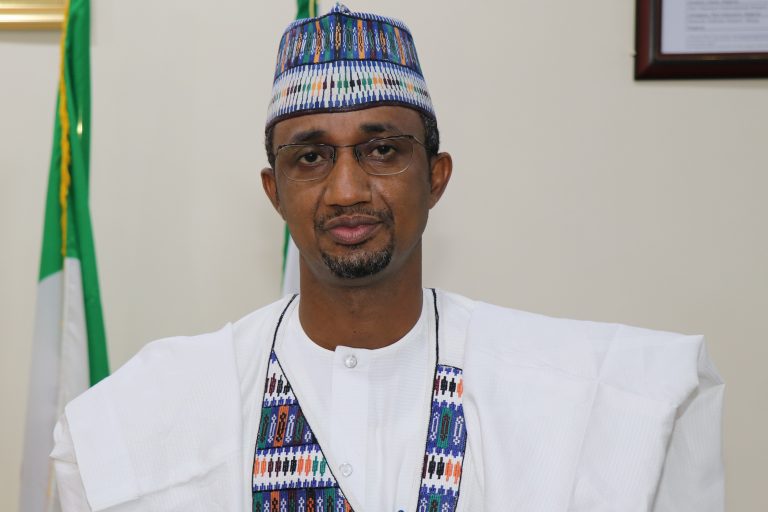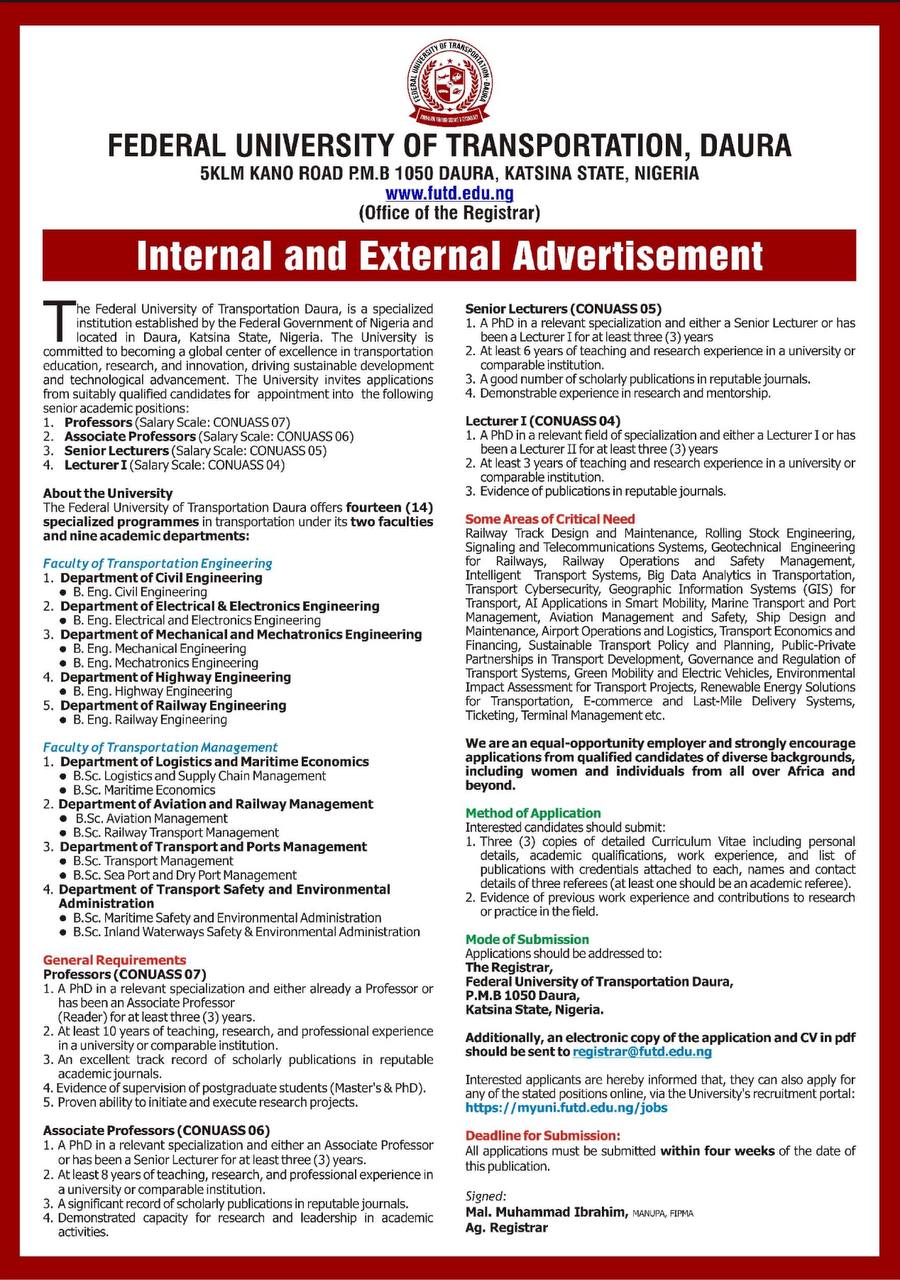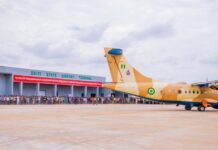The Nigeria Meteorological Agency (NiMET) Director-General, Prof. Mansur Bako Matazu, has decried vandalisation of sensors mounted in remote locations within the airport premises.
Matazu, who raised this alarm in Abuja, at the recently held Nigerian Aviation Workforce Safety (NAWS) symposium, said his agency is coming up with alternative monitoring system of low-level wind shear beyond using sensors. “We are using the one stop rader system in addition to other upper air observations,” he said.
According to the DG, prevention of wind shear occurrence is beyond human technological thrust, as it took scientists and industry experts a great deal of effort to understand the complexity of wind shear phenomenon.
He explained that early warning and detention mechanisms have proven to be the only dependable solution to the hazards of wind shear, adding that pilots’ awareness of the existence of wind shear before landing or takeoff enables them to make maneuvers, to avoid its impact.
The Director General, Nigeria Civil Aviation Authority (NCAA), Cap. Musa Nuhu, disclosed that a multi-disciplinary research effort is ongoing by scientists, engineers and other stakeholders to understand better the impacts of climate change on the entire aviation system, including aircraft and infrastructure.
According to Nuhu, efforts are also ongoing to produce a dedicated guidance material targeted at climate adaptation to support the risk management activities of all stakeholders, including operators and pilots, airport managers, aircraft manufacturers, governments and regulators.
He stressed the need for installation of terrestrial and satellite broadcasting sound and television systems and different mobile radio communication systems that warn aircraft pilots of storms and turbulence, as well as the public of dangerous weather events.
Chief Executive Officer, Accident Investigation Bureau (AIB), Akin Olateru, explained that the symposium was convened to strengthen the Nigeria Aviation Safety Management System and to continually assess preparative action plans to mitigate the impact of unusual meteorological conditions and climate change on aviation safety.













